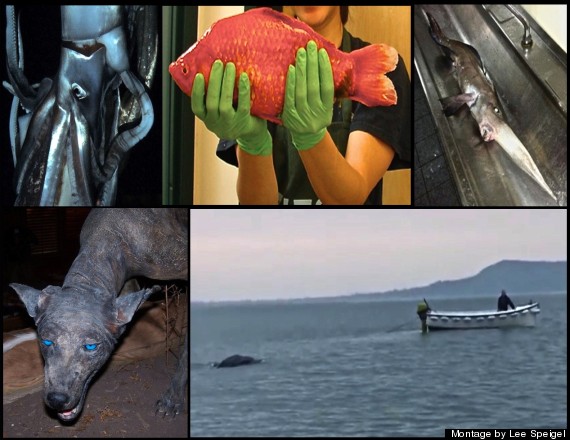
Monsters popped up all over the place in 2013. They came out of oceans, lakes and forests around the world. And they didn't deliberately attempt to scare humans -- we just tend to be frightened by things that are bigger than we expect and that look totally scary to us.
We're also very attracted to larger-than-life grotesque creatures. The past year's offerings included a giant squid; monster goldfish; several unexplained lake denizens; some alleged chupacabras with penetrating blue eyes; and totally odd fish.
Check out our 2013 year in monster madness:
Giant Squid - January

NHK / NEP / Discovery Channel
For centuries, sailors have reported encounters with a giant squid, the monster Kraken that has reportedly attacked ocean-going ships. And now, a Japanese team has captured video of a 26-foot-long squid in the North Pacific Ocean. They found the creature after 100 missions in a cramped submarine. On Jan. 27, the video footage of the giant squid will be shown on the Discovery Channel program, "Monster Squid: The Giant Is Real."
Monster Goldfish - February

KCRA-TV / YouTube
This goldfish is definitely too big for a typical glass bowl. But Lake Tahoe -- located on the border of California and Nevada -- seems big enough for a population of unusually large goldfish that can grow to almost 1.5 feet long. It's believed the fish were dumped into the lake by aquarium owners, and the fish are thriving at a fast pace. The only problem with this is that, according to experts, the "monster" goldfish may have a negative impact on Lake Tahoe's ecosystem.
Loch Ness Monster Sighting? - August
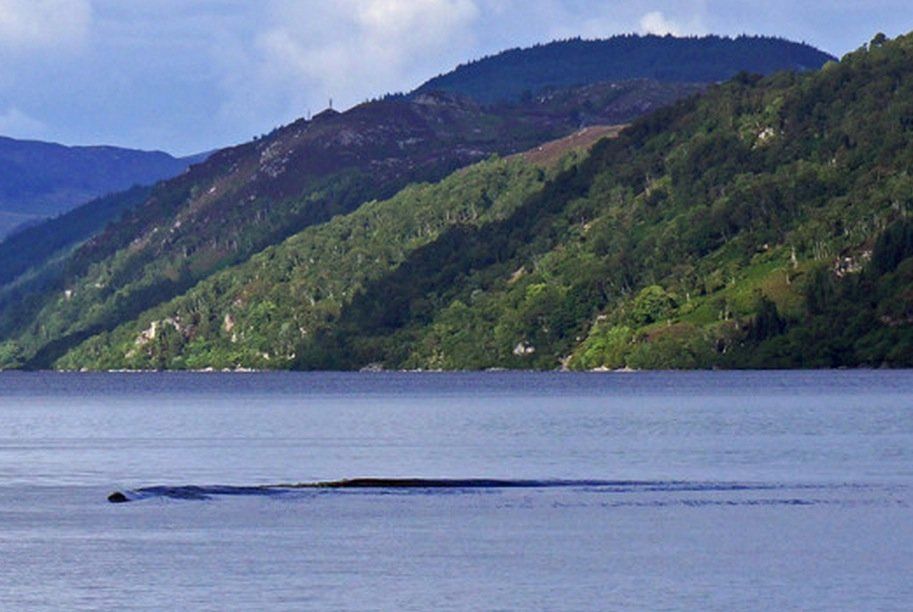
www.knsnews.co.uk
Was it just an unusual wave? Or maybe amateur photographer David Elder snapped a photo of Nessie, the legendary Loch Ness monster. In August, Elder spotted the unusual wave-like disturbance near the southwest end of the 23-mile-long lake in Scotland, and he was "convinced this was caused by a solid black object under the water." In other Nessie News, a cruise company has insured its tourist boats against potential damage by the Loch Ness monster.
Advertisement
Ireland's Own Lake Monster - April
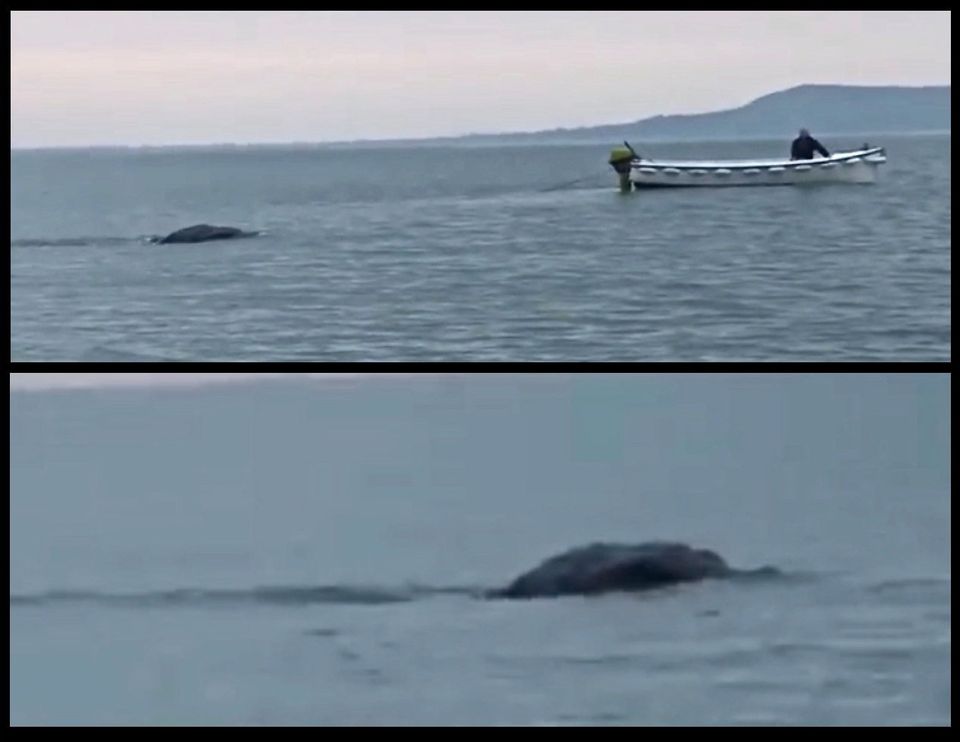
Conall Melarkey / YouTube
A film crew captured an unusual fast-moving object under the water of Lough Foyle in northern Ireland. The dark whatever-it-is moved swiftly between two boats, causing filmmaker Conall Melarkey (no, not "malarkey") to suggest it may have been a whale. But the Belfast Telegraph accused the film crew of creating a hoax.
Nessie-Type 'Monster' Near Australia - October
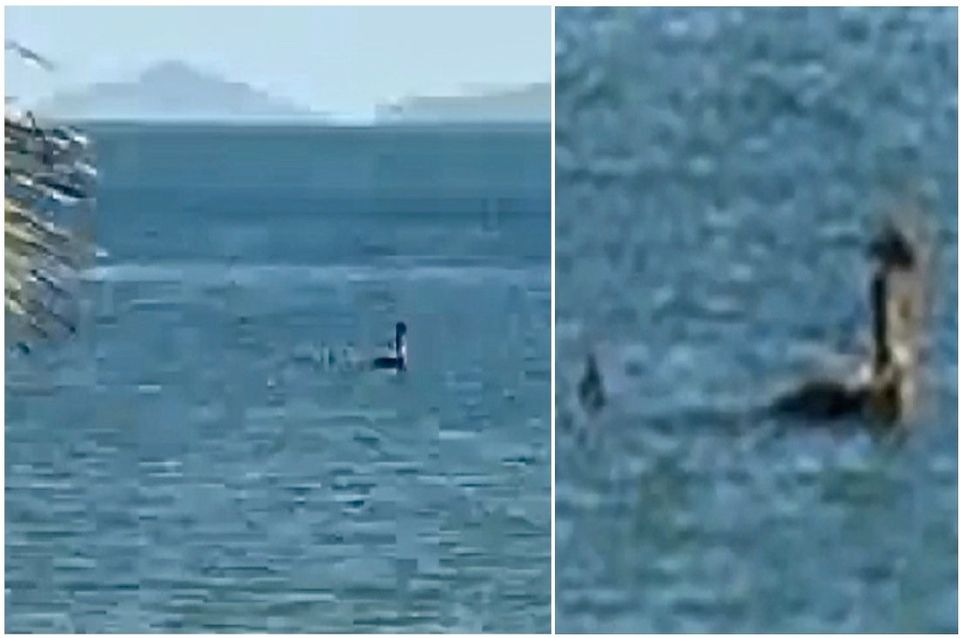
GeoBeats News / YouTube
On Oct. 25, an unusual object appeared off the coast of Australia's Magnetic Island -- an object that resembled images taken over the years of something similar in Scotland's Loch Ness. This Down Under "thing" seems to have a long, curved neck attached to a body. While some eyewitnesses think this is a relative of the Loch Ness monster, others say it's more likely the half-sunken hull of a boat.
Blue-Eyed 'Chupacabras'? - August
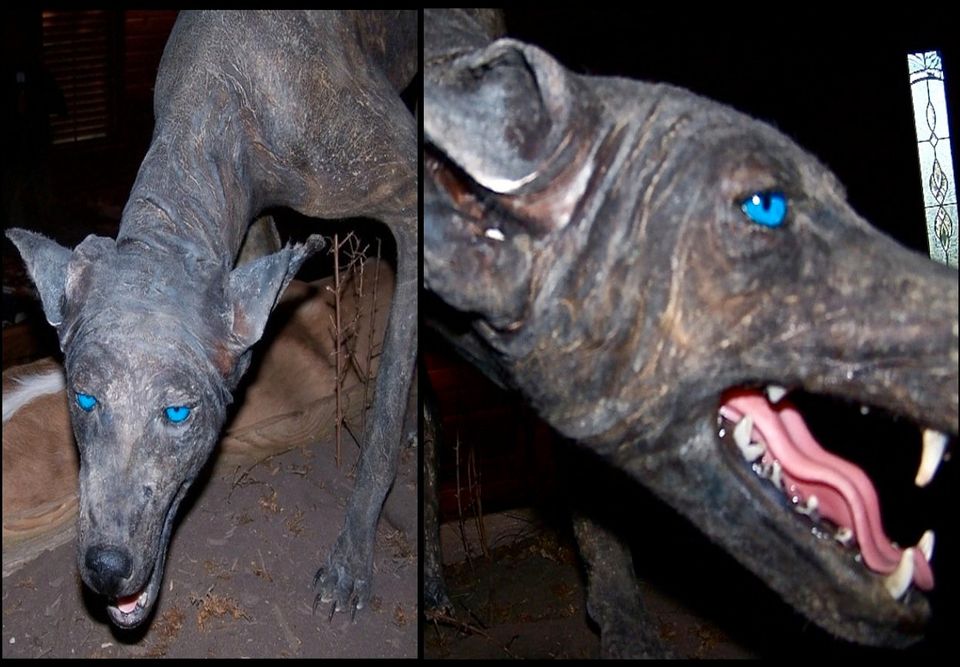
Science Channel
Most animal experts consider the goat-sucking creatures known as chupacabras to be a myth. The animal has a reputation of attacking, killing and drinking the blood of various types of livestock in different countries. But in recent years, some bizarre-looking four-legged creatures have been spotted in Mexico and the southern U.S. and blamed for the deaths of livestock. These hairless dog-like animals have a slightly blue tint to their bodies and extremely -- almost menacing -- deep blue eyes. After some of them were killed, DNA analysis suggested they were coyotes afflicted with mange skin disease. These images are from nutritionist Phylis Canion, who found the animal near her Cuero, Texas, ranch in 2007. The creature pictures were shown on the new Science Channel series, "The Unexplained Files," which debuted on Aug. 28. And in September, a Mississippi man shot and killed what he believes was a chupacabras -- and he said it had glowing red eyes.
Advertisement
Arctic Knifenose Chimaera - November

CBC North / YouTube
While this isn't a monster in the larger-than-life sense, it's still rare and deadly. A fishing boat in the Arctic Ocean caught this unusual-looking creature, known as a knifenose chimaera -- fish that have lived in Earth's oceans for over 350 million years. Researchers believe the fish uses its long proboscis to find smaller fish to eat. It also has a poisonous spine on its front dorsal fin. You wouldn't want to encounter a group of these animals while out for a leisurely swim.
Zombies In Serbia - October

Andrej Isakovic / Getty
It's weird how some of the most feared monsters in our culture are actually, in theory, former humans. That would, of course, be zombies, better known as the walking dead. Why are so many people obsessed with zombies and a perceived zombie apocalypse, as depicted in movies and TV shows? And this isn't just an American cultural thing. The image here shows people dressed up as zombies as they take part in the Zombie Walk on Oct. 19, the last day of the 2013 Serbian Fantastic Film Festival in Belgrade, Serbia. By 2011, the zombie industry was worth more than $5 billion. But fear not -- it's still easy to outrun a group of the walking dead.
